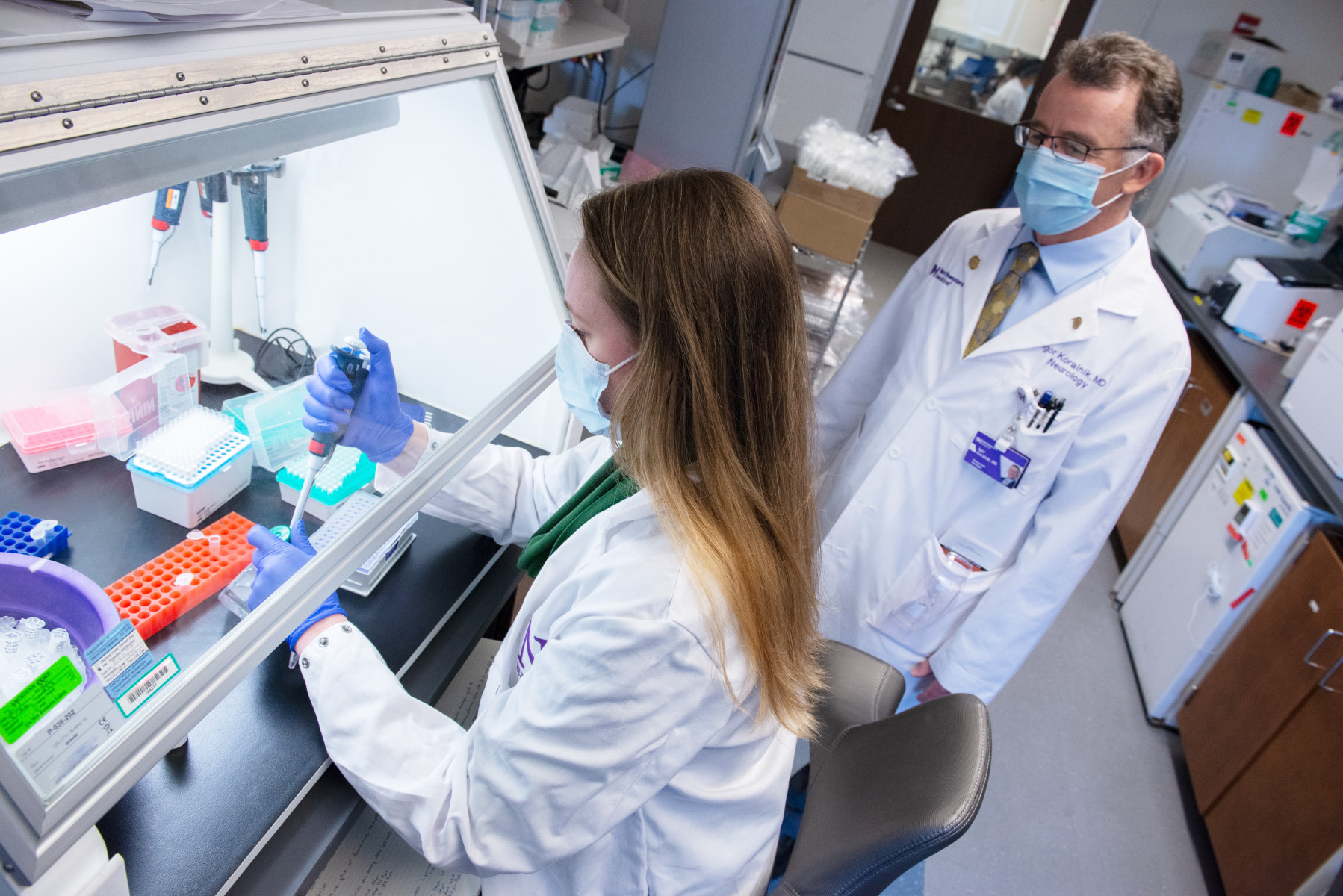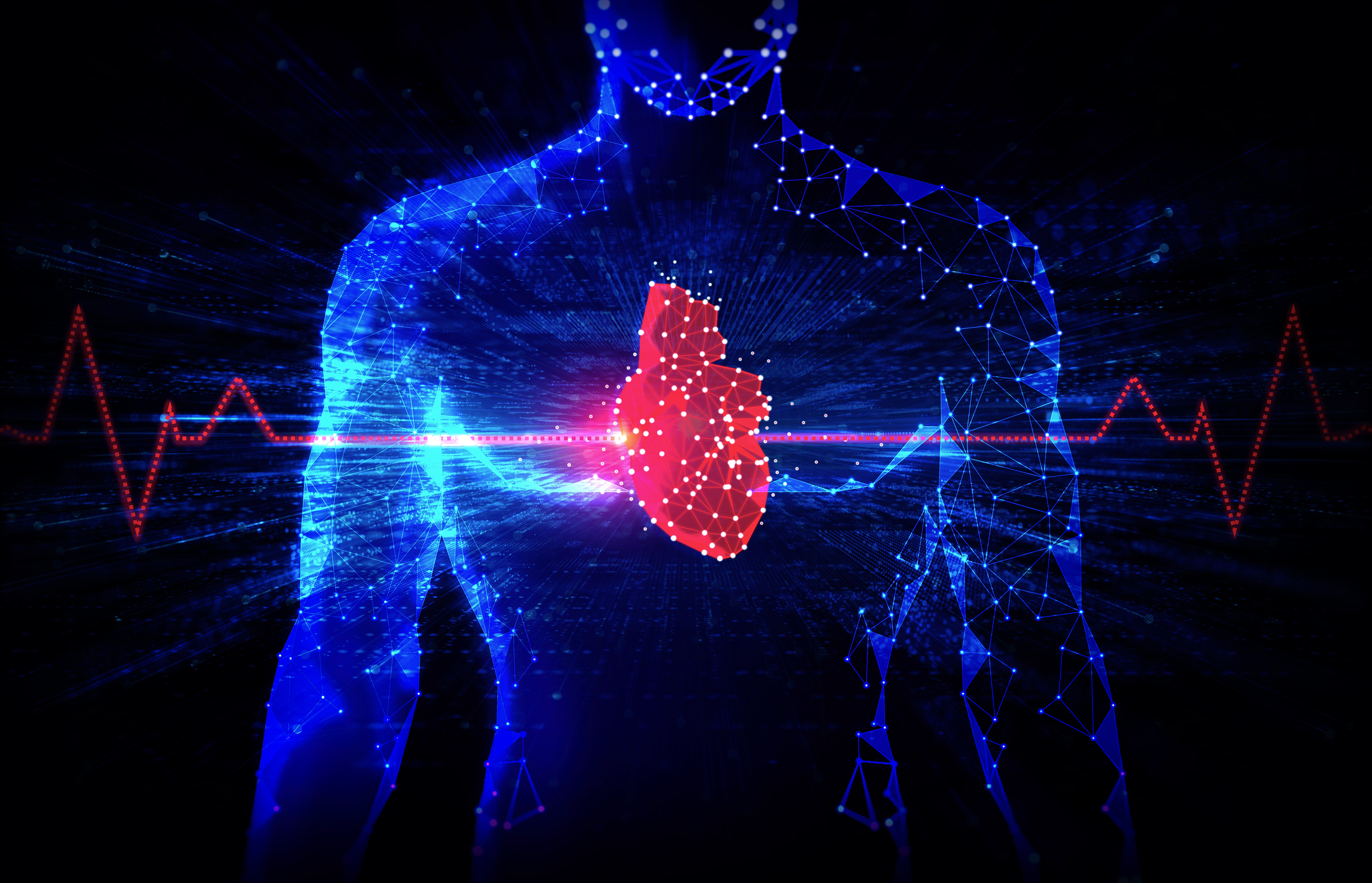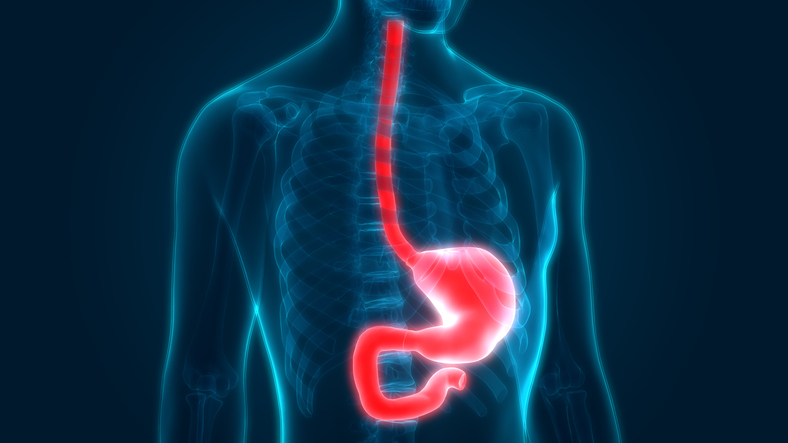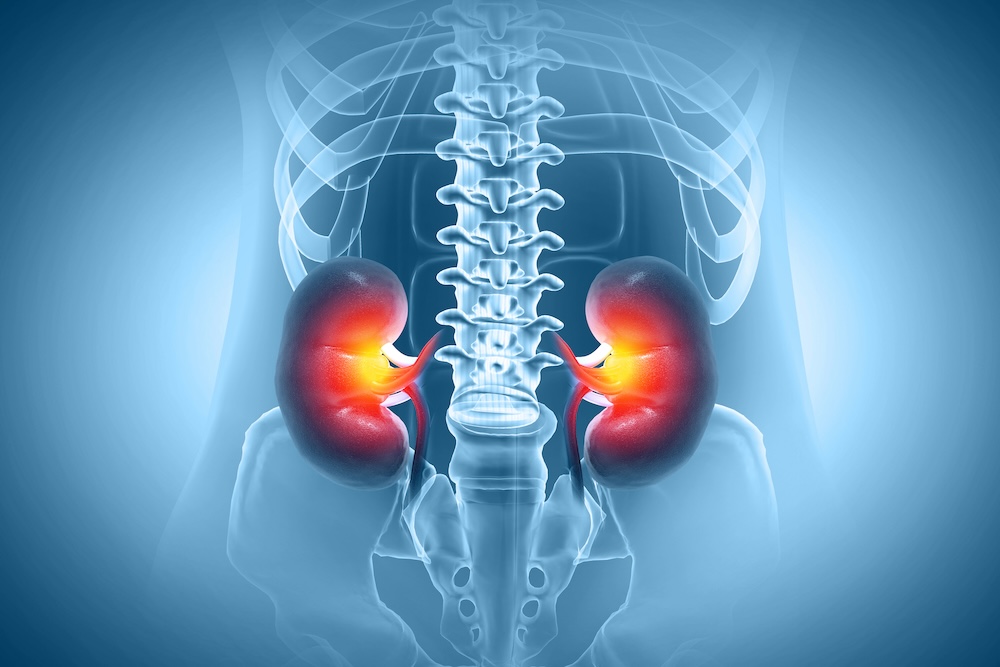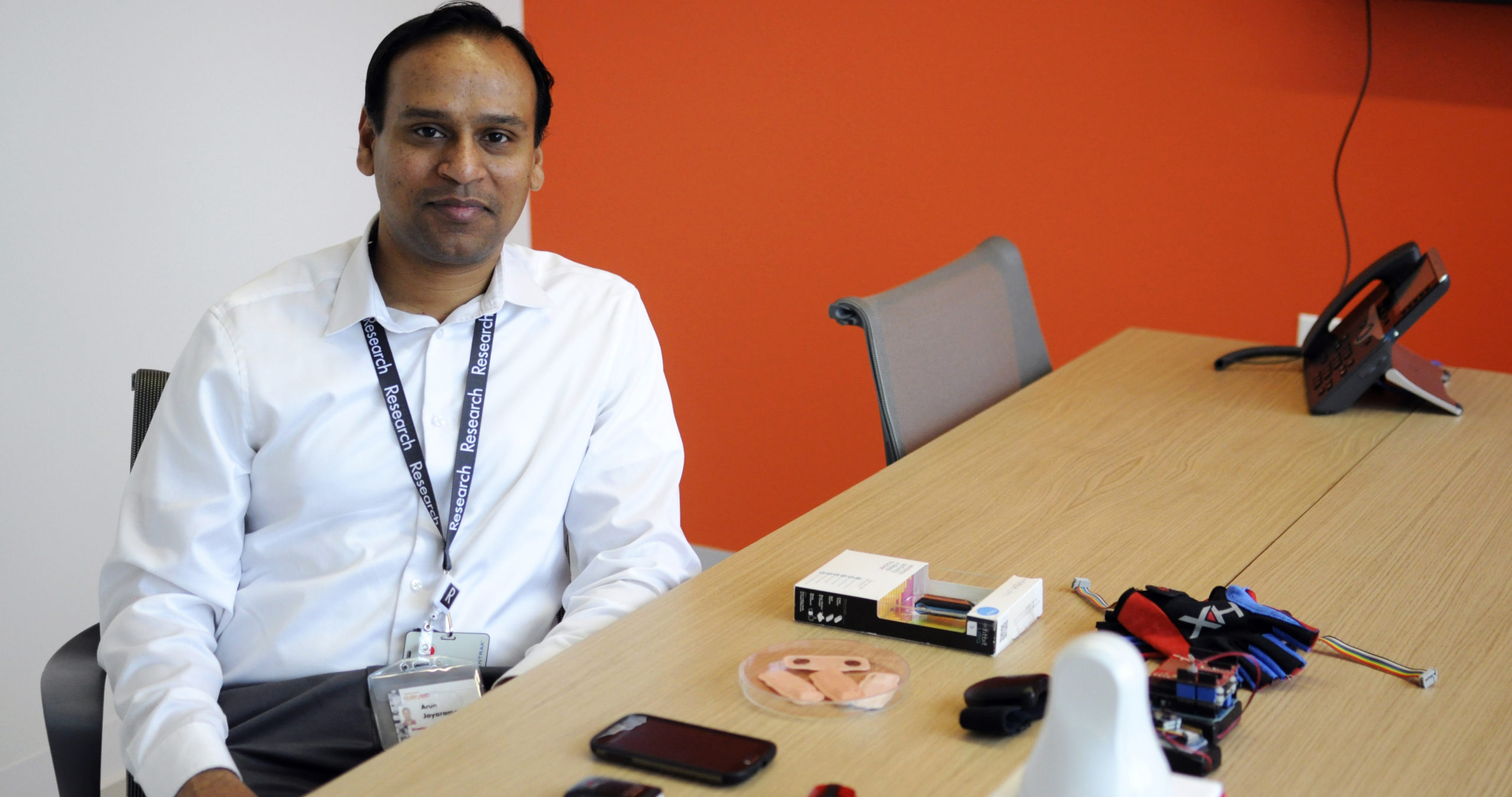New Role for Ancient Clock
 |
The pancreas has its own molecular clock. Now, for the first time, a Northwestern University study has shown this ancient circadian clock regulates the production of insulin. If the clock is faulty, the result is diabetes.
The researchers show that insulin-secreting islet cells in the pancreas, called beta-cells, have their own dedicated clock. The clock governs the rhythmic behavior of proteins and genes involved in insulin secretion, with oscillations over a 24-hour cycle.
The findings, published June 18 by the journal Nature, shine a light on a system that hasn’t been recognized as having a strong effect on the process of glucose homeostasis.
“This is the first evidence of how the circadian clock may affect the development of diabetes,” said Joe Bass, MD, associate professor of medicine at Northwestern University Feinberg School of Medicine and of neurobiology and physiology at the Weinberg College of Arts and Sciences. “The biological programs in animals for harvesting energy — much like the photosynthesis of plants — are under control of the clock. Our findings will help us figure out the causes of glucose abnormalities, but we still have a lot to learn.”
The research, led by Bass and Biliana Marcheva, a doctoral candidate in Bass’ lab and first author of the paper, represents many years of work and involved key collaborators Louis H. Philipson of the University of Chicago, Joseph S. Takahashi of the University of Texas Southwestern Medical Center and Seth D. Crosby of the Washington University School of Medicine.
In their study, the researchers knocked out the clock genes in islet beta-cells in mice and found the animals developed impaired glucose tolerance and abnormally low levels of insulin and went on to develop diabetes. The clock of the beta-cell coordinates glucose management, and the loss of the clock inhibited the cells from secreting insulin.
“The variation we see in insulin secretion in humans and susceptibility to diabetes is likely related to this clock mechanism,” said Bass, an endocrinologist trained in molecular genetics. “There is an association in the changes of the cycling of the clock within the pancreas itself and disease. The next question is, can we modulate this?”
By isolating the pancreas and using bioluminescence imaging (which relies on a protein found in the firefly), the researchers determined that a circadian clock is expressed autonomously in the pancreas. The visual proof is shown in a short video they produced of the beating clock in live insulin-producing cells of the pancreas. The cells emitted light once every 24 hours over a sustained period of time.
“It’s important to remember that body clocks are ancient mechanisms that regulate fundamental biological systems important to health, such as insulin secretion, the time we go to bed, the time we get up and the time we get hungry,” Bass said.
The body’s primary circadian clock resides deep in the brain, in the suprachiasmatic nuclei, but local biological clocks also are found in tissues throughout the body, including the pancreas, lungs, liver, heart and skeletal muscles. The clocks operate on a 24-hour, circadian (Latin for “about a day”) cycle that governs functions such as sleeping and waking, rest and activity, fluid balance, body temperature, cardiac output, oxygen consumption, metabolism, and endocrine gland secretion.
The impact of diabetes on health and economics is sobering. According to the American Diabetes Association, more than 23 million adults and children in the United States have a form of diabetes, and at least 57 million have prediabetes; the total cost of diagnosed diabetes (medical costs as well as disability, work loss and early death) is at least $174 billion; and diabetes is the seventh-leading cause of death in the country.
The National Institutes of Health, the Juvenile Diabetes Research Foundation and the Chicago Biomedical Consortium supported the research.
The title of the paper is “Disruption of the Clock Components CLOCK and BMAL1 Leads to Hypoinsulinemia and Diabetes.” In addition to Bass, Marcheva, Philipson, Crosby and Takahashi, other authors of the paper are Kathryn Moynihan Ramsey, Ethan D. Buhr, Yumiko Kobayashi, Hong Su, Caroline H. Ko, Ganka Ivanova, Chiaki Omura, Shelley Mo, Martha H. Vitaterna and Xiaozhong Wang, all from Northwestern University; James P. Lopez, from the University of Chicago; Christopher A. Bradfield, from the University of Wisconsin School of Medicine and Public Health; and Lellean JeBailey, from GeneGo Inc.


